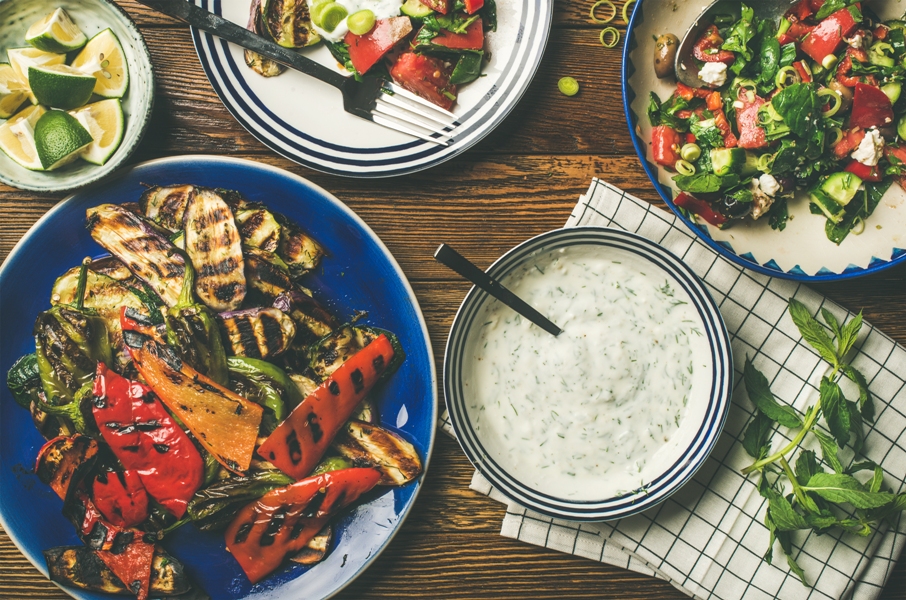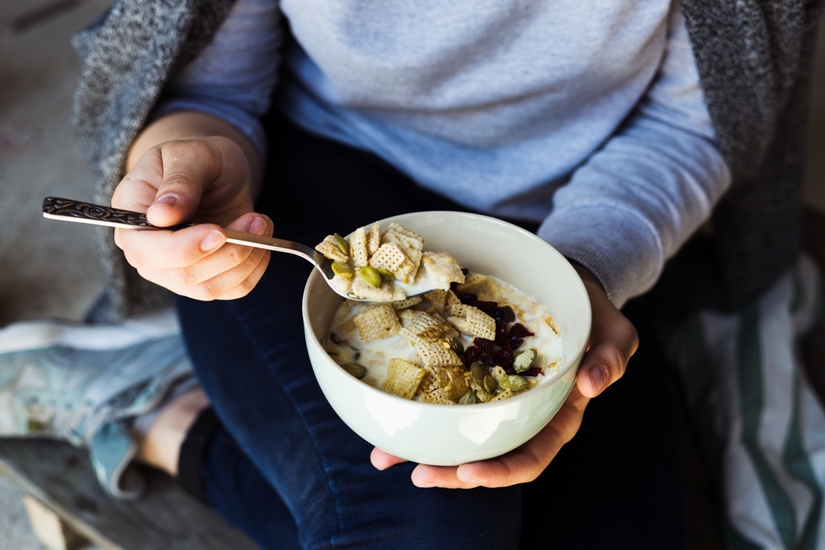A low fiber diet is used to limit the amount of food you eat every day. The diet is also called the limited fiber diet. This will help to ease the digestive system. A low-fiber diet helps minimize your bowel and gut movements, relieve the work your digestive system does not do, reduce stool development, alleviate abdominal pain, diarrhea, and other symptoms.
Eat only if the doctor tells you that you follow a low-fiber diet. It is often performed before a colonoscopy or after other procedures to treat symptoms including diarrhea or cramping, or when you encounter one of the following intestinal problems, such as irritable bowel syndrome, diverticulitis, Crohn’s disease, ulcerative colitis.
This diet is nutritionally restrictive and not designed to reduce weight. If you don’t do this correctly, it may in the long run cause additional unintended effects and symptoms. Learn more about a fiber deficient diet here.

How To Start With Your Normal Diet Once Again
Once you have re-established your digestive system, a small portion of a fiber diet per day can gradually be added to your food. It may be added to your food if the food does not cause symptoms within 24 hours. For a normal man, the average fiber consumption per day is something around 38 grams per day and for old men, it is around 30 grams per day. For women fiber consumption per day for an adult is around 25 grams per day for old women it is 21 grams per day. Do not eat all your fiber at a single meal or sitting. It is best to eat fruit with left skins, raw vegetables, full grains, peas, nuts, and seeds.
There are basically two types of fiber that we consume on a daily basis and both of them must be there in your diet.
Soluble Fibers
Throughout digestion, soluble fiber foods absorb water, giving them a soft gel-like product. Soluble fiber items, such as bananas, peas, and bovines, have a less annoying effect on the digestive tract. You can add them in moderation into your diet while recovering from your low residue diet.
Insoluble Fibers
Insoluble Fiber products are not completely dissolved in the intestine. The resulting small pieces of insoluble fiber can annoy the stomach. You must be extremely cautious with foods such as whole wheat, nuts, and raw veggies on a low-fiber diet. While recovering from a low fiber diet start with soluble fibers first, and then slowly start including insoluble fibers into your diet.
Understand This Simple Thing
Only eat a low-residue diet if it is prescribed by your physician. The doctor can tell you how much time you have to spend on your diet. It’s going to depend on your case. Create a personalized schedule with a nutritionist. Avoid things with insoluble fiber and make a note of the fiber content in the processed foods during your low-residue diet. Many foods, such as custard and white rice, are allowed on a low-residue diet, should not be a staple for your regular diet, particularly after bringing back fiber gradually.

